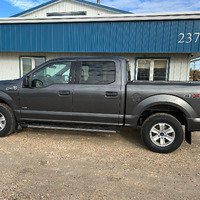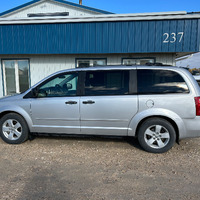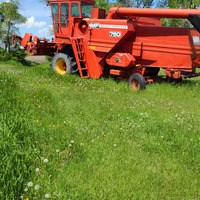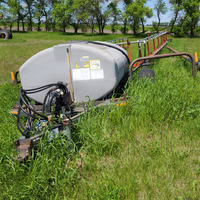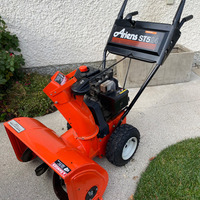Providing the best care for your pets is essential, all year round.
Chelsey Westerbeek, owner of LR Horse & Pet, says there are a few ways to keep your pet safe and comfortable when temperatures drop.
Weather risks
“Hypothermia is definitely one of the big risks,” Westerbeek explains.
“Especially in January and February, when temperatures can dip to - 30 and lower before the wind chill.”
The cold can also bring another hazard: salt.
As towns and cities treat icy sidewalks, salt can irritate and burn pets’ paws.
Westerbeek says foot protection is key when walking your dog.
“(That salt) can cause a lot of damage to their paws,” she notes.
“When you’re taking your dog out for a walk, make sure they have some sort of foot protection to shield their (foot) pads.”
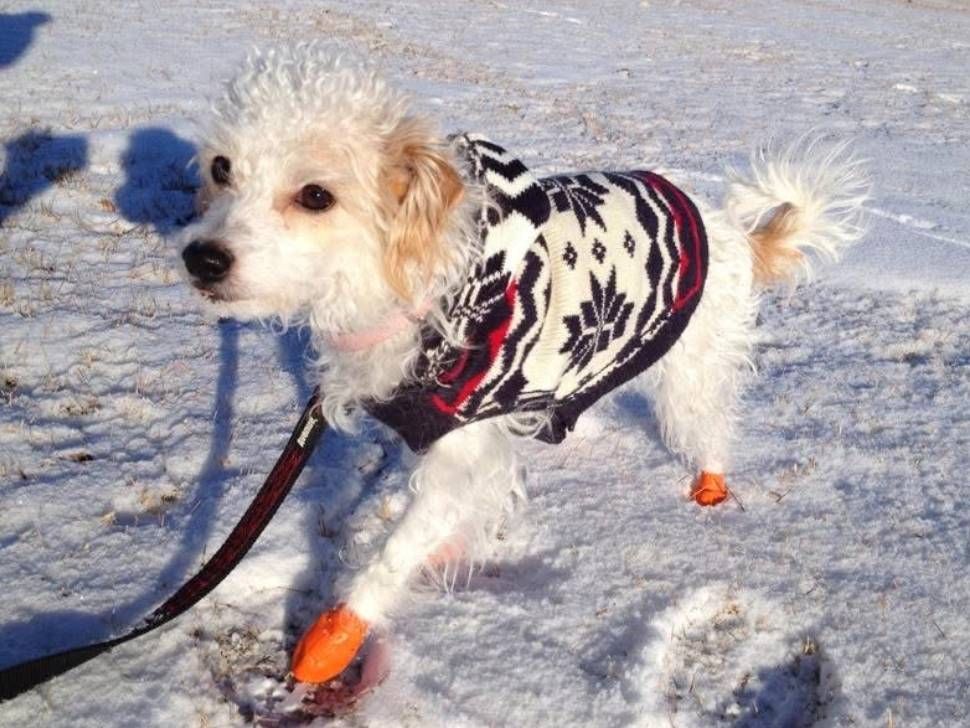
How cold is too cold?
There’s no single temperature that’s too cold for all dogs — it depends heavily on the breed.
“Breeds like Huskies and Great Pyrenees were bred for being outdoors, they have that thick undercoat.”
Smaller breeds or those without thicker coats, like doodles or retrievers, are far less tolerant of freezing temperatures.
Pet owners should limit outdoor time based on their dog’s size, coat type, and comfort level.
If your dog is too cold, there are a few signs to look for.
“The first thing they’ll see, they’ll start shivering. They won’t want to put their feet down if it’s starting to burn,” she explains.
“That’s where frostbite is starting to set in and it’s time to go inside.”
Outdoor pet care
For those with outdoor animals, Westerbeek says that the basics of winter care start with food, water and shelter.
For outdoor cats, she recommends creating a shelter for them to escape the wind.
“Even a Rubbermaid container, put some straw in there, cut a hole in the side for your barn cats," Westerbeek explains.
For farm animals, frozen water bowls are a constant battle during the winter months, but there are solutions like heated water bowls or trough heaters.
“There’s even a heat lamp. There are some safety concerns with heat lamps, but if you’re keeping the dust off it, a heat lamp will work in a pinch,” she says.
Owners should also avoid relying on space heaters, which pose a major fire hazard in barns and shelters.
And finally, keeping a backup supply of food on hand helps prevent emergencies when winter storms make travel impossible.
“Always have an extra bag of feed on hand. We live in a province where the weather can turn on us real quick. Make sure you have that extra supply on hand all the time.”
As Manitoba settles into another long winter, Westerbeek advice serves as an important reminder: a bit of preparation goes a long way toward keeping every member of the family — furry, feathered, or hooved — safe and comfortable until spring.

















